GUYANE
WELCOME TO GUYANE
Entry Into Department
Cayenne
83,534 km2
294,000
French
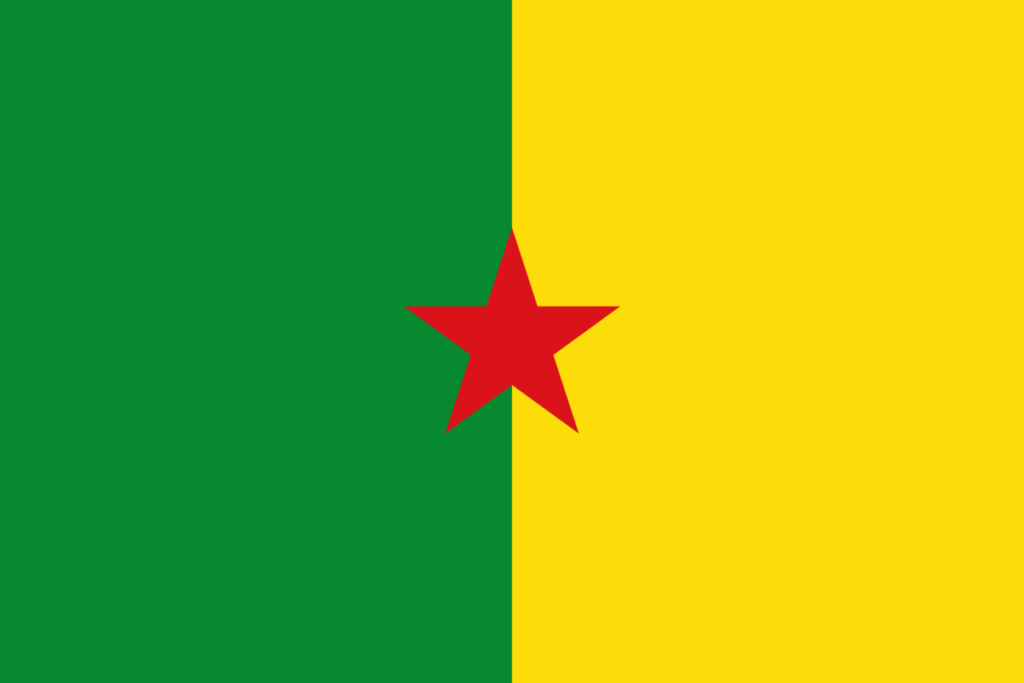
Popular
Geography and Tourist Attractions
Information about the canton's tourist attractions, including popular destinations, events, and activities.
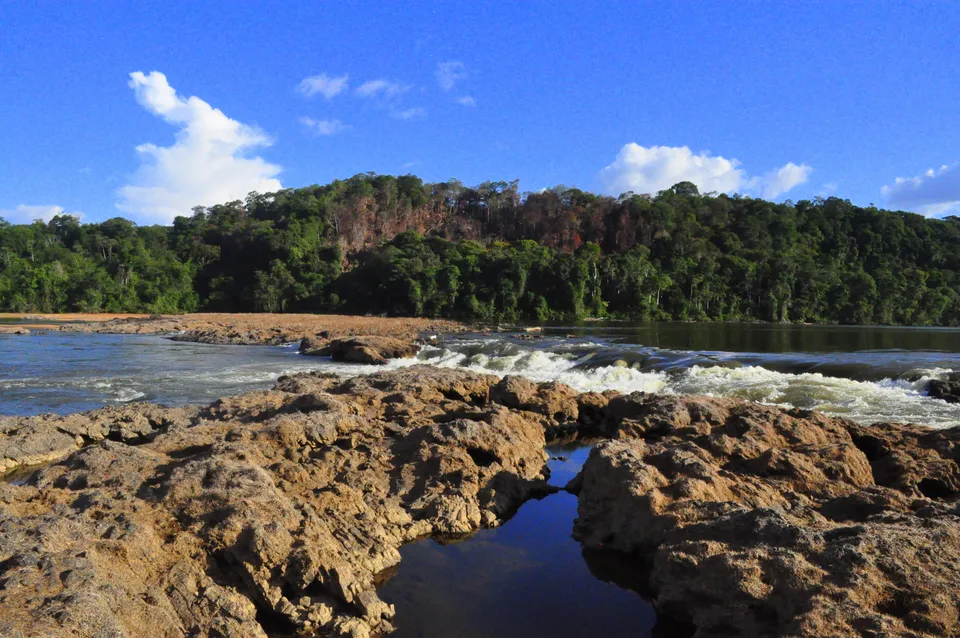
Guiana Amazonian Park

Devil's Island
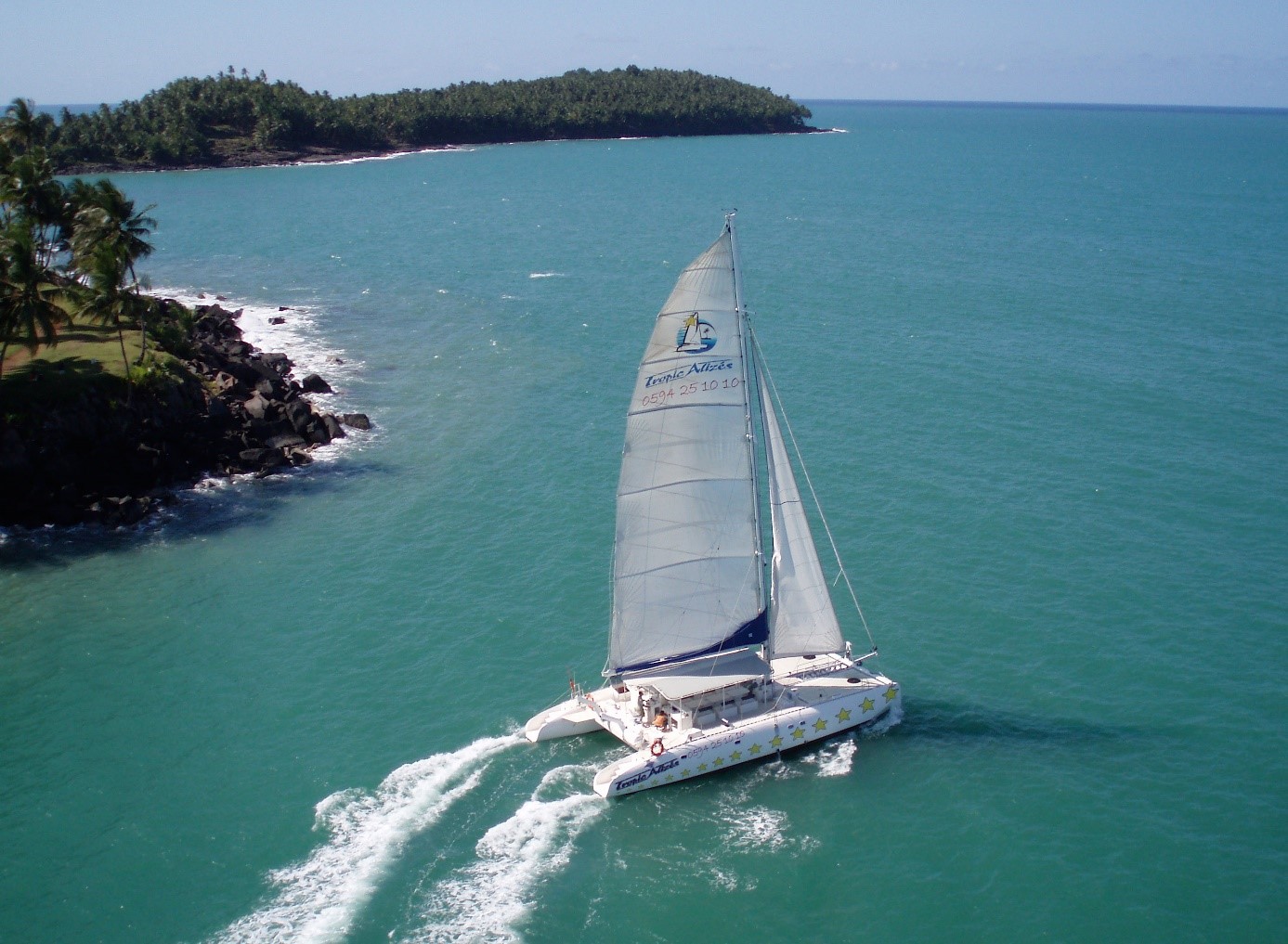
Îles du Salut
Political
Economy and Government
Economy: French Guiana's economy is dominated by the public sector, with the French government being the largest employer. The local economy is also supported by gold mining, fishing, agriculture, and tourism. French Guiana is the largest French department in terms of land area, but it is one of the least populated and developed, with much of its land being covered by rainforest.
Government: French Guiana is an overseas department of France, which means it is governed as an integral part of the French Republic. As a result, French Guiana's government is structured similarly to that of France, with an appointed prefect who represents the French government and a locally elected territorial council. The French government provides significant financial support to French Guiana, with the aim of promoting economic and social development in the region.
In recent years, there have been some tensions between the local population and the French government, particularly over issues related to social inequality, poverty, and the impact of the space industry on the local environment. The government of French Guiana has been working to address these issues and promote sustainable development in the region.

History
History and Culture
History: French Guiana was first settled by the French in the 17th century as a penal colony. Over time, the colony's population grew as free settlers arrived, and the economy shifted from agriculture to mining, with gold and other minerals becoming important sources of income. French Guiana played a strategic role in World War II, with the United States establishing a military base there to counter German U-boat attacks in the Atlantic. In 1946, French Guiana became an overseas department of France, and in the decades that followed, the French government invested heavily in infrastructure and social programs to support the region's development.
Culture: French Guiana's population is diverse, with people of African, European, and Amerindian descent, as well as immigrants from neighboring countries such as Brazil and Suriname. The region's culture is shaped by this diversity, with a mix of French, African, and indigenous traditions. Music and dance are important cultural expressions in French Guiana, with genres such as zouk and samba playing a prominent role. The region is also known for its culinary traditions, which include dishes such as cassava bread, acoupa fish, and black pudding. French Guiana's natural environment is an important part of its cultural heritage, with the region's rainforests, rivers, and beaches providing inspiration for art, music, and storytelling.
HOTELS
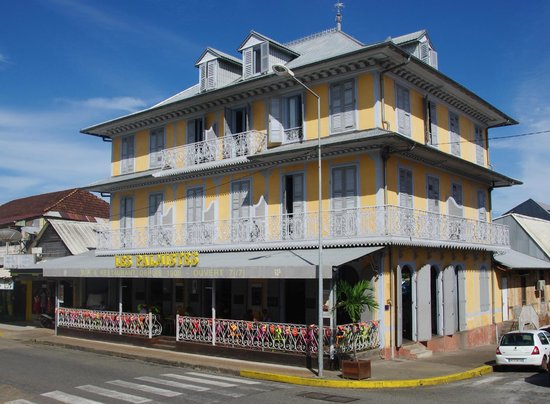
Hôtel des Palmistes
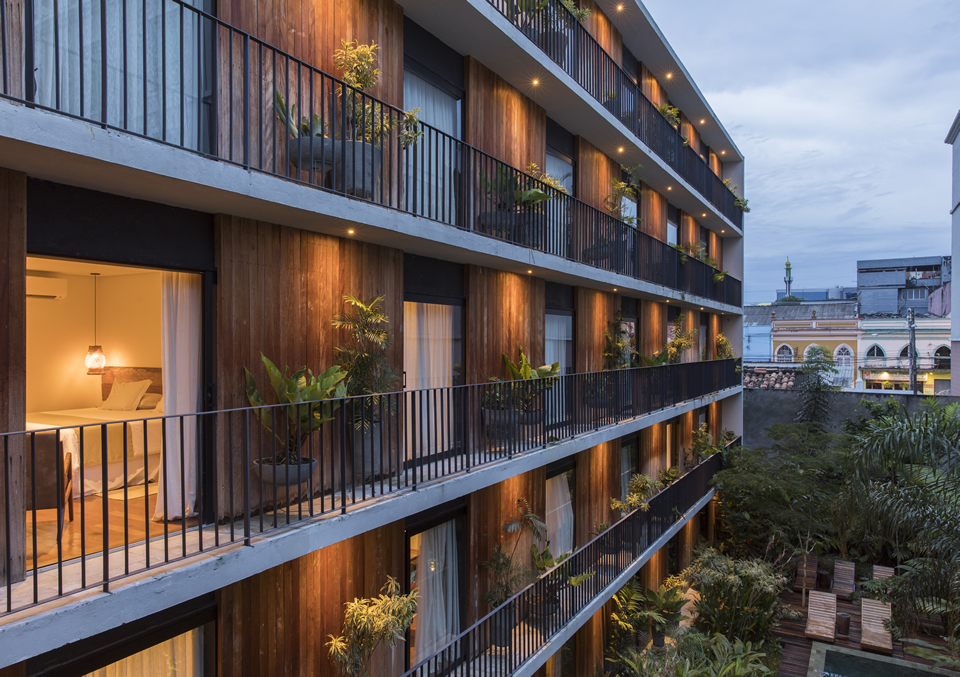
Hotel Amazonia
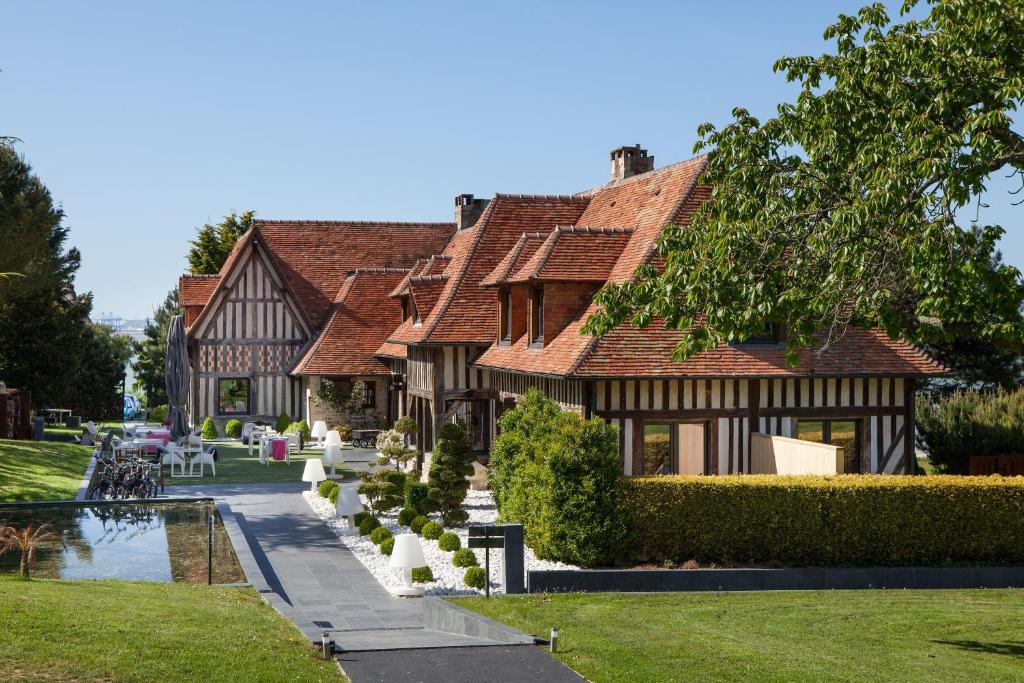
La Chaumière
RESTAURANTS

Le Mabouya

Le Kassoulou

